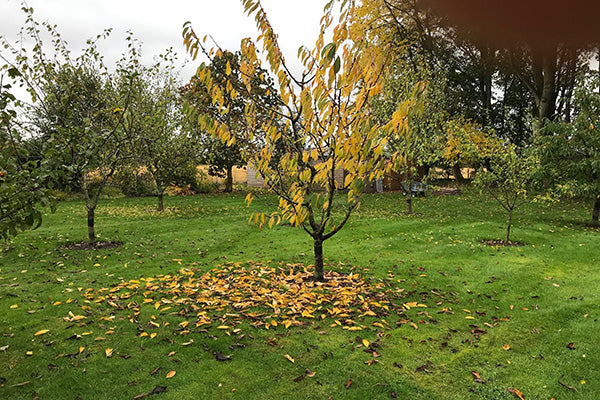Your November gardening to-do list

It’s getting colder, the leaves are falling fast and it’s time to tidy up dead and tatty growth and prepare for winter.
- Protect slightly tender herbaceous plants like penstemon or Verbena bonariensis with a thick mulch. With plants like kniphofias (red hot pokers), tie up the foliage to protect the crown.
- Most deciduous trees can be pruned now, removing dead diseased or damaged wood, though it might be safer to leave anything that flowers late in the season. Deciduous hedging can also be pruned hard from now on but leave evergreen hedging until spring.
- Lift dahlias when the foliage has been blackened by frost. Dry the tubers for a few days before packing them into boxes, surrounded by potting compost with the crown uncovered, and keep them in a frost-free place.
- Keep the garden looking good by tidying borders, clearing old stems and dead foliage and lightly forking over the soil, keeping some plants such as sedum, hydrangea and miscanthus uncut as they look great with frost on them.
- Begin harvesting Brussels sprouts from the bottom of the plant upwards and finish planting garlic by the end of the month. The sooner it’s in the better it will grow.
- Tulips can be planted now, after other bulbs, to help prevent the fungal disease tulip fire.
- Bare-root roses, which are slighter cheaper than containerised ones, should be available from now to March. Soak the root ball for a few hours before planting them with plenty of organic matter and plant them with the graft union point just below ground level.
- It’s also a good time to move plants while there’s still warmth in the soil. Bare-rooted trees, shrubs and hedges such as yew, can be planted now. Stake trees to around a third of the way up the trunk or less and secure with plastic tree ties.
- Tie in long whippy shoots of climbers and wall shrubs.
- Keep raking up fallen leaves from the lawn and around the base of plants, otherwise they’ll suffer through lack of light and the dark moist conditions will attract slugs and snails.











